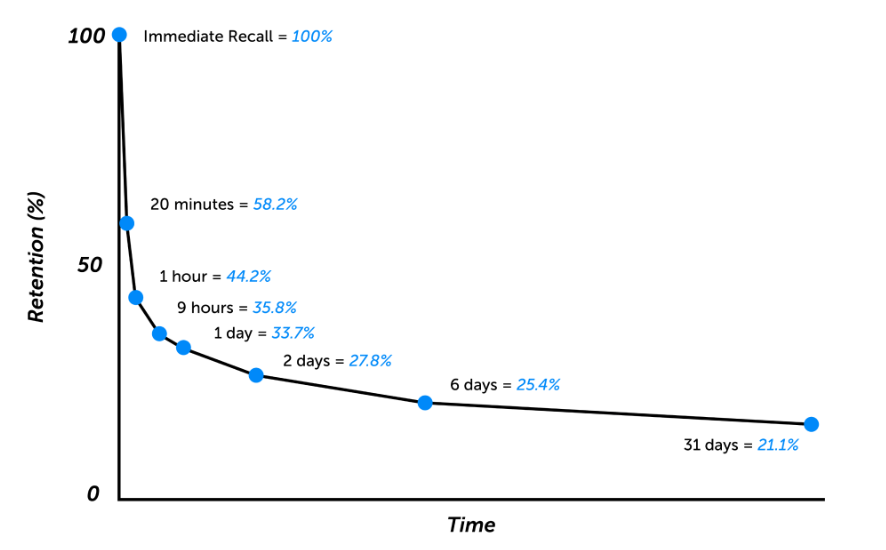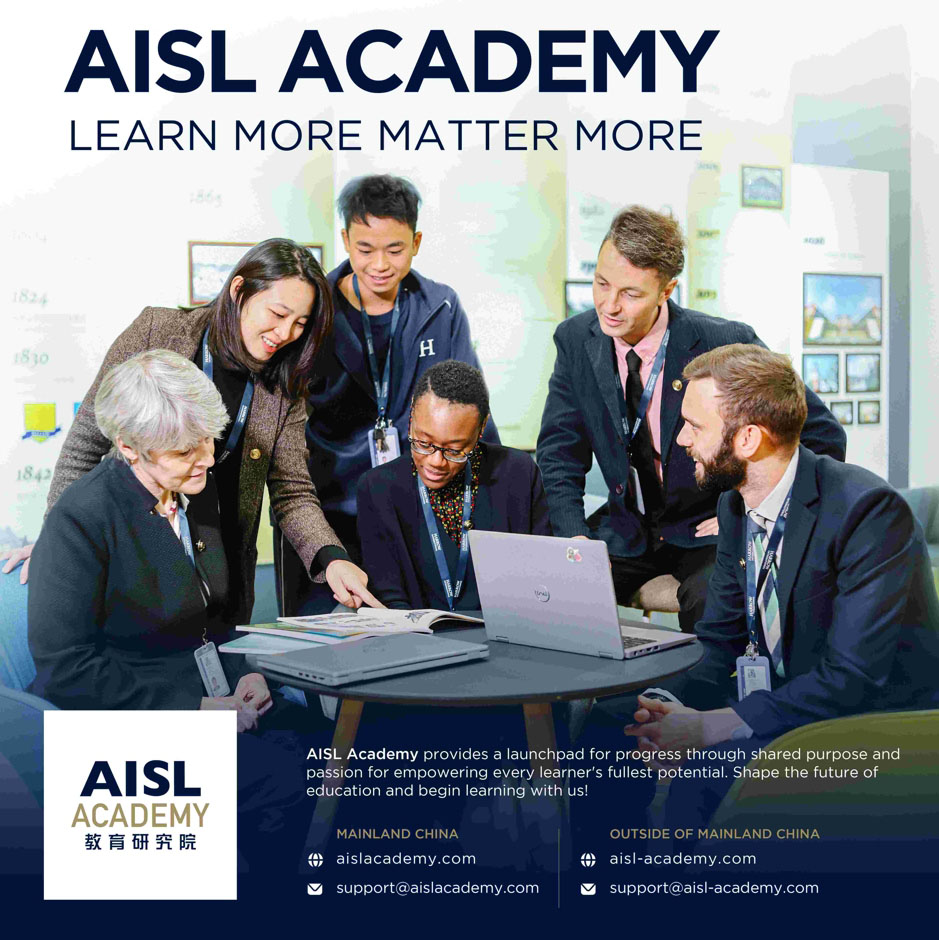In the dynamic landscape of education, new and innovative approaches are constantly reshaping the way we acquire knowledge. Among these, microlearning has emerged as a powerful strategy that is gaining prominence across various educational levels. While microlearning has been well-established in higher education and adult learning, its integration into K-12 education is becoming increasingly popular among educators, parents, and students alike.
Microlearning, as the name suggests, involves learning in small, easily digestible units. Gone are the days of enduring lengthy lectures or dense textbooks. Instead, learners can engage with concise videos, interactive quizzes, infographics, and simulations, each tailored to address specific learning objectives. These bite-sized lessons, courses, or content offerings are designed to be brief, ranging from a few minutes to a short period, maximising engagement and enhancing learning outcomes by avoiding cognitive overload.
The foundation of microlearning lies in Hermann Ebbinghaus’s research on the “forgetting curve.” Ebbinghaus discovered that information memorised strictly can be more easily recalled when revisited, even after a significant period of non-use. According to the Ebbinghaus Forgetting Curve, people typically forget 80% of what they learn within a month. However, Ebbinghaus’ research demonstrated that by breaking content into small parts and revisiting different sections over time, individuals were able to improve knowledge retention and productivity. Although the content may be lightweight in terms of time spent, its impact on memory and retention is substantial.

Cognitive load theory provides further insight into how the human brain processes and stores information, and how different types of information can affect the cognitive load or mental effort of learners. Research conducted by Leong and Blanchard (2020) shows that microlearning facilitates repetition, a key factor in knowledge retention. By reducing the complexity and quantity of information and presenting it in a clear manner using visuals, audio, and text, microlearning can support effective learning. By delivering a consistent flow of new information in bite-sized chunks, microlearning reinforces learning and enhances knowledge retention.
Of course, there are challenges associated with the microlearning approach. Some of these include developing appropriate content that effectively breaks down complex topics into digestible modules without losing essential nuances as well as sustaining technology integration, especially in regions with limited access to internet connectivity or devices. Establishing standards for assessment methods is another obstacle, particularly in subjects that require deeper comprehension, ensuring sustainability is crucial, as maintaining learners’ engagement and motivation over time can be difficult, especially in environments where distractions are prevalent.
Despite these challenges, the rise of microlearning has been facilitated by the widespread availability of mobile devices and apps, enabling easy integration of microlearning into everyday life. This accessibility advantage allows learners to access microlearning modules anytime, anywhere, and on multiple devices, seamlessly integrating learning into their daily routines.

Furthermore, microlearning offers cost and time efficiency. By condensing content to its essentials, educators can save classroom time while still delivering high-quality instruction. The accessibility of microlearning platforms reduces the need for expensive textbooks and supplementary materials, resulting in significant cost savings for educational institutions. Additionally, the reduced travel costs and time away from work make microlearning particularly appealing to the new generation undertaking formal professional development programs.
As technology continues to advance and educational paradigms evolve, the management of new learning experiences will undoubtedly play an increasingly vital role in shaping the future of education. In an era of information overload, microlearning provides a solution for managing vast amounts of content. Within this approach, educators can empower students to learn at their own pace and in a manner that suits their preferences, fostering a more flexible and personalised learning experience.
Explore how leading educators and providers are embracing microlearning and other innovations—discover resources and solutions on AISL Mall today.









